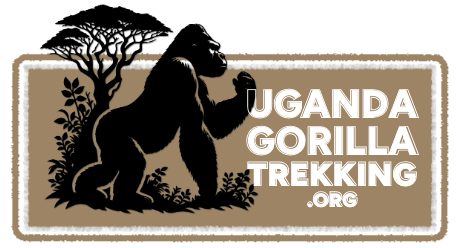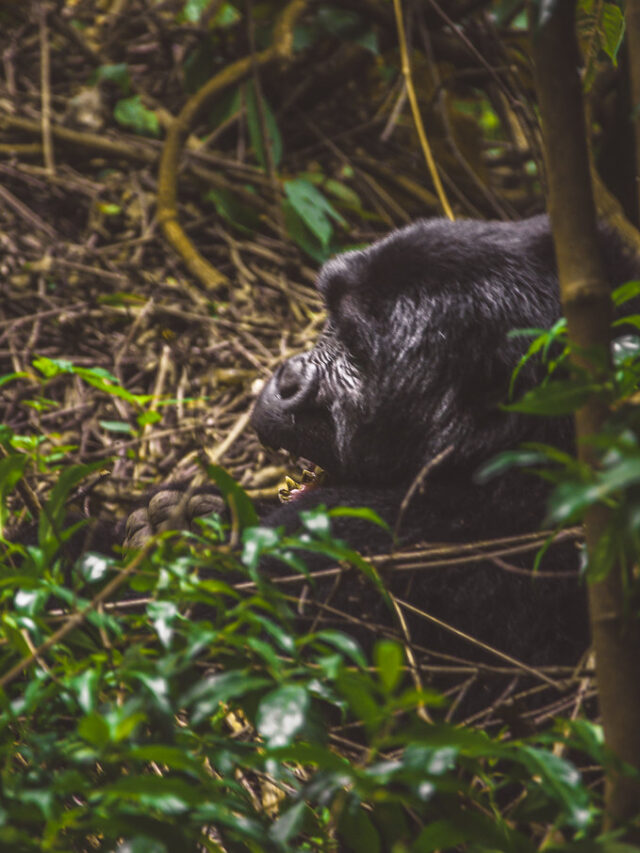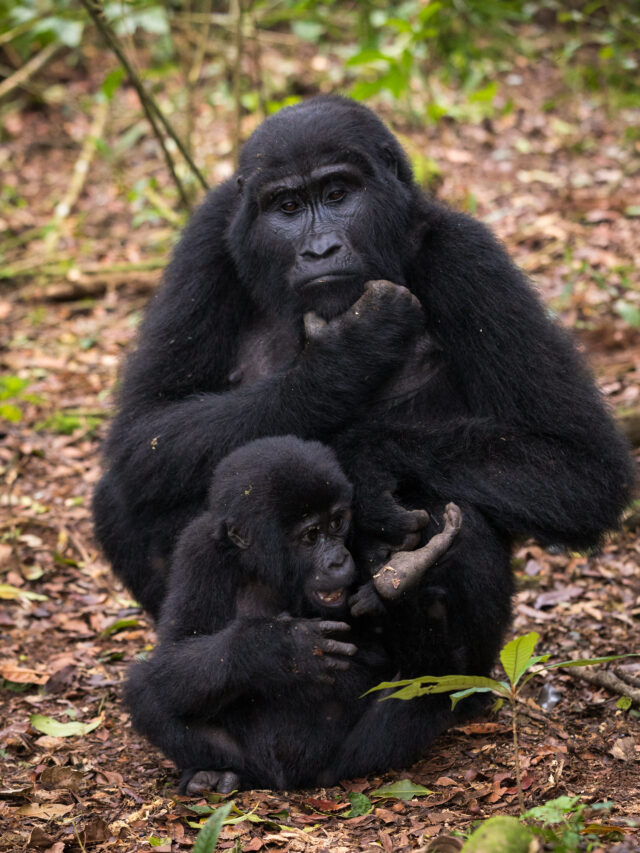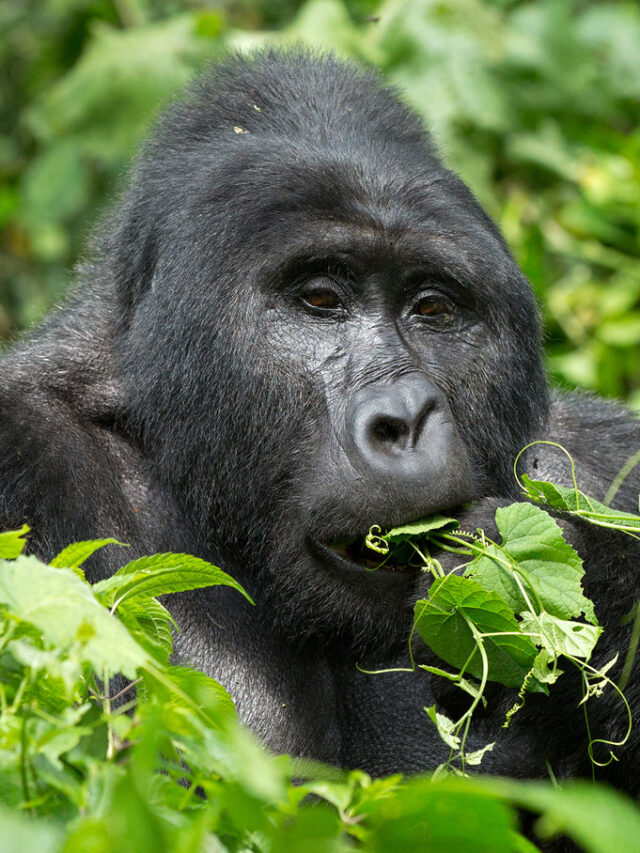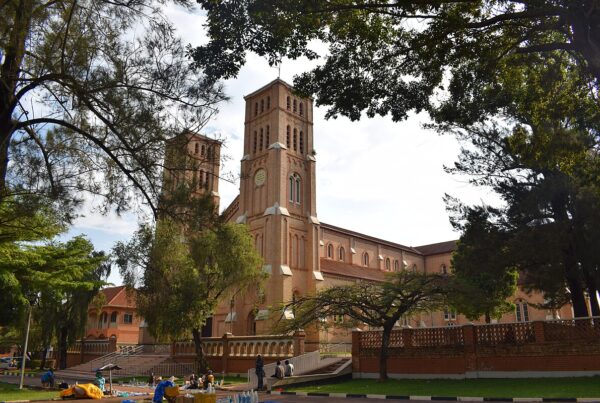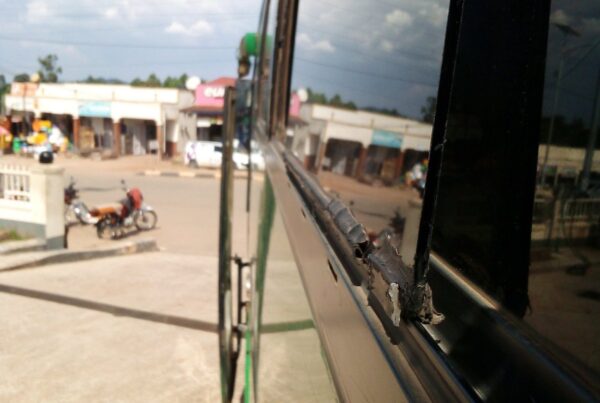What to Wear for Gorilla Safaris When You’re Over 40: Style, Comfort & Wisdom on the Trail
Because the Forest Doesn’t Care How Old You Are—But Your Knees Might
Let’s be honest: a gorilla safari is not a red-carpet event. It’s not about looking flawless—it’s about feeling free, prepared, protected, and comfortable. And if you’re over 40, you probably already know that comfort and function often win the day. But that doesn’t mean you have to dress like you’ve given up on looking good. In fact, preparing for gorilla trekking after 40 is all about striking that sacred balance between practical gear, personal dignity, and the deep wisdom that comes with experience.
Because when you’re climbing through Uganda’s misty jungles in search of mountain gorillas, what you wear can define whether you feel confident—or completely out of sync with the forest.
This is your guide to walking into the wild with style, strength, and age-earned savvy.
Trekking After 40: Know Your Body, Dress With Intention
What to Wear for Gorilla Safaris — By your 40s, you know your body better. You’ve earned the right to prioritize comfort without apology. That doesn’t mean dressing frumpy. It means being smart—protecting your knees, choosing breathable layers, and avoiding anything that will cause chafing, overheating, or unnecessary fatigue.
In gorilla trekking, the experience is physical: steep hills, muddy trails, thick undergrowth, rain that arrives without warning, and humidity that clings. Add to that the thrill of tracking wildlife on foot in high altitude, and it becomes clear—what you wear can make or break the journey.
The Gorilla Trekking Look That Works After 40
You’re not dressing for the photos—you’re dressing for the moments. But when those magical moments with gorillas happen, you’ll want to feel like yourself—not like someone swallowed by gear they didn’t understand.
Here’s what matters most:
1. Long-Sleeved, Breathable Tops (Neutral Colors)
Opt for lightweight, long-sleeved shirts in khaki, olive, tan, or muted grey. They protect against sun, thorns, insects, and friction while allowing breathability. Synthetic or quick-dry materials are a plus. Avoid black and blue—those colors attract tsetse flies in some areas.
At 40+, skin comfort matters more than ever. Go for softness, a relaxed fit, and fabric that stretches without clinging.
2. Hiking Pants With Room and Purpose
Forget jeans. Choose convertible or stretch trekking pants with room to move. Bonus if they’re water-resistant or have zip-off legs. Look for high-waisted designs or adjustable waists for extra comfort, especially if you’re carrying a little midlife wisdom around your center.
If you’ve had knee issues, consider supportive knee sleeves under your pants. You’ll thank yourself on those slippery descents.
3. Quality Hiking Boots (With Soul and Sole)
You need ankle-high waterproof hiking boots with good grip. Break them in before the trek—no compromises here. For those of us over 40, joint protection and support are non-negotiable. The last thing you want is to roll an ankle while staring at a silverback.
Bring thick moisture-wicking socks, and maybe a second pair to change into after the trek.
4. Garden Gloves or Lightweight Trekking Gloves
Uganda’s forests are thick. You’ll grab branches, vines, and muddy roots. Lightweight gloves protect your hands from scratches and bug bites while offering grip—especially on wet trails.
They’re not glamorous, but they’re confidence-boosting and practical. Like most things you value more at this age.
5. Rain Jacket or Poncho
Tropical weather is unpredictable. Even in the dry season, rain may fall without warning. A lightweight waterproof jacket with a hood is essential. Choose one that packs down easily and won’t make you sweat the moment you move.
And yes, even if it’s sunny when you start, bring it. This is the forest—it makes its own decisions.
6. Hat, Sunglasses, and Bug Protection
A wide-brimmed hat or cap shields you from the sun and deflects light rain. Sunglasses aren’t usually worn during the trek into the dense forest, but they’ll serve you well at the trailhead and post-trek lounging.
Bring a natural insect repellent—especially if your skin is sensitive or reactive.
Additional Tips for Trekking Over 40
Pack light but prepare smart: Bring a daypack with essentials—water, a snack, tissues, sanitizer, and a light fleece for altitude chills.
Use walking poles if needed: Many over-40 trekkers love the balance and support of a sturdy trekking pole, especially on steep, slippery paths.
Hydrate and pace yourself: Your guide will walk with you—this is not a race. Many trekkers in their 40s, 50s, and 60s outperform younger visitors because they pace wisely.
Own your presence: Wear what makes you feel comfortable, covered, and capable. This isn’t about blending in with tourists—it’s about blending in with nature.
